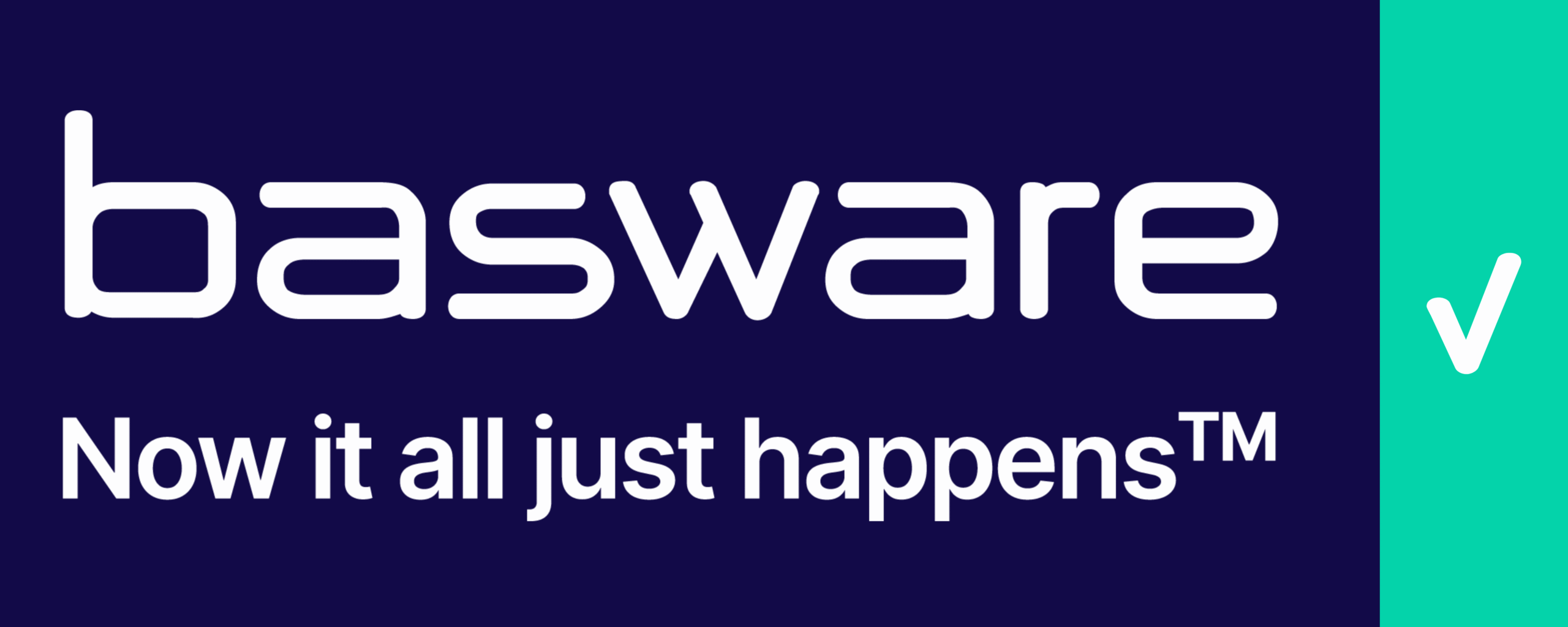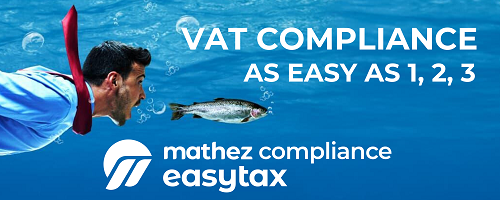Transfer Pricing and indirect taxes have quite some things in common. Especially the customs valuation rules have some similarities with the TP valuation rules.
TP rules are in place to determine the ‘arm’s length’ price between related companies in cross-border transactions. If goods cross a border, often customs duties must be paid, which increases the cost of the goods. In this article, KPMG reviews the question if, how and when TP rules cross Customs valuation rules.
Source KPMG Switzerland
Latest Posts in "World"
- VATupdate Newsletter Week 51 2025
- 40 Country Profiles on E-Invoicing, E-Reporting, E-Transport, SAF-T Mandates, and ViDA Initiatives
- 26 VAT changes coming in January 2026
- SAP Data Archiving: Everything You Need to Know – Benefits, Processes, and More!
- Self-Billing via Peppol: Streamlining Invoicing and Compliance for Belgian Businesses and Organizations















